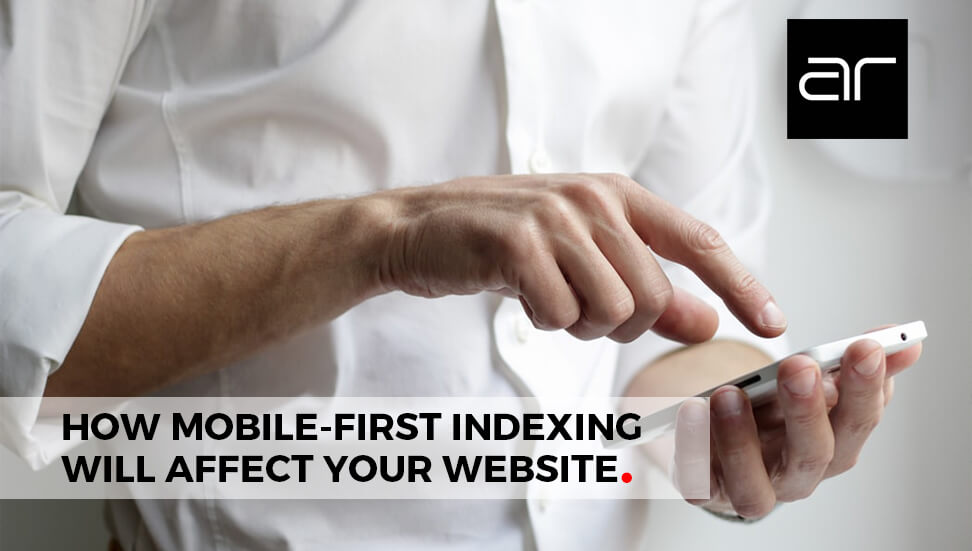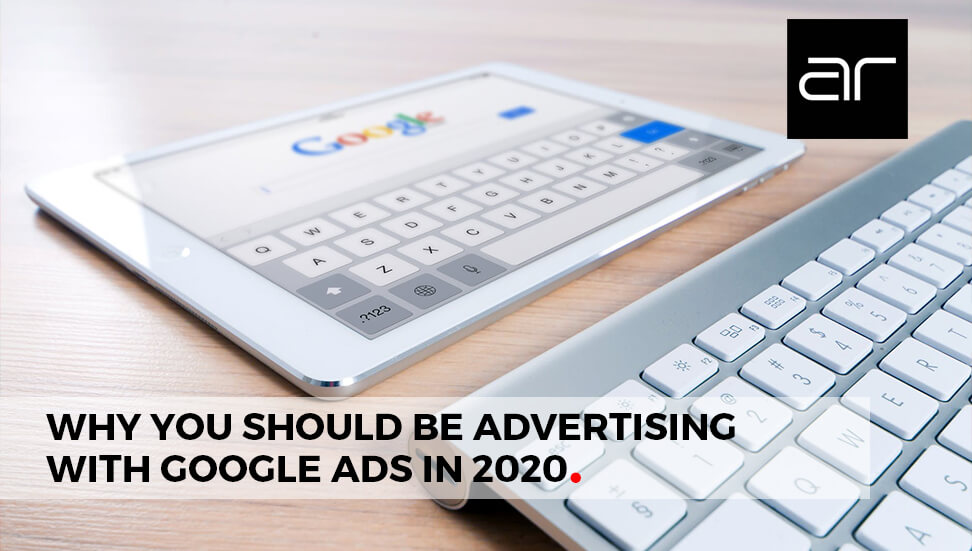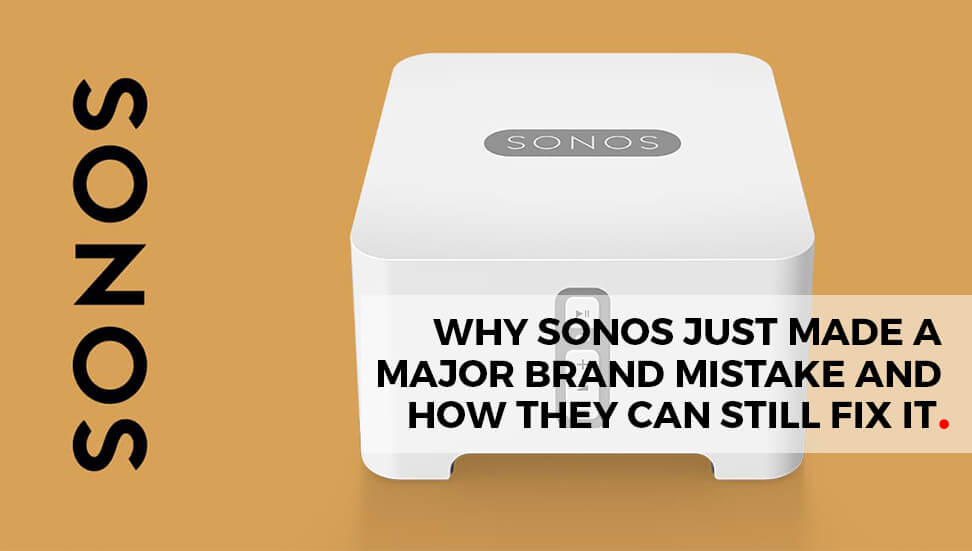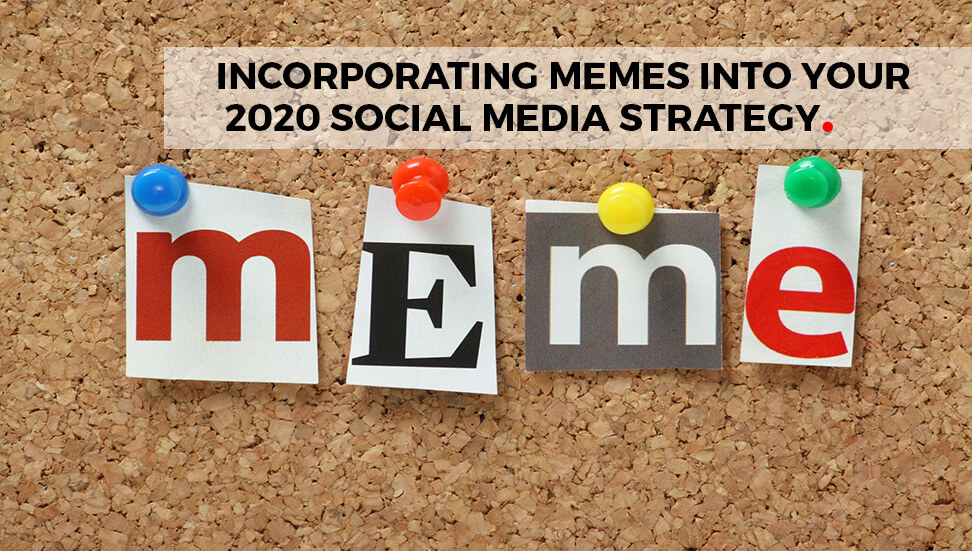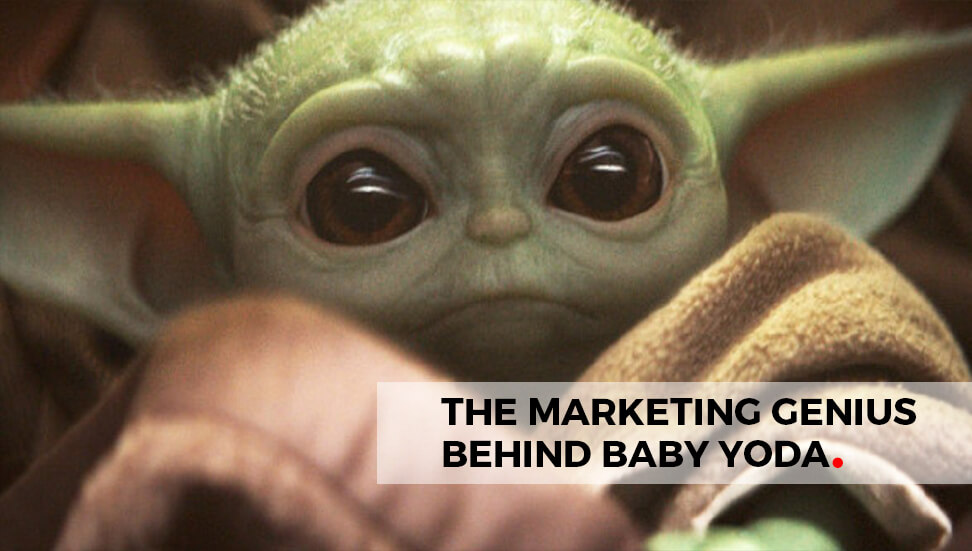How to Get a Bigger Response From Your Ad Copy
If you listen to some Doom Sayers you will hear them foretell the demise of printed ads. ‘It’s all about the Internet’, and to a degree, they are right. Much of the marketing today is on the Internet, but your ad copy, whether it’s for printed, digital, or online media, is still valid. Relevant content is still the device that brings in sales whatever media you choose. If your ads aren’t working wherever they are, it’s your ad copy at fault, not your media!
Drawing in more customers won’t be a problem if you use these smart tips!
- Readers read ad copy as individuals, usually while they’re by themselves. So don’t address them as though they were a crowd in a stadium. It makes you seem cold and distant when your aim is to be seen as a credible, trusted friend. It also makes the reader’s attention flag. As you write your copy, think about the one person you’re talking to. Pretend you’re in a one-on-one conversation with that single reader, presenting information on what you’re offering, one human being to another. Don’t forget, people buy people that they like.
- You can’t bore people into doing what you want them to do. You can only interest them into doing it. So hold their interest by writing short sentences arranged in brief paragraphs. Don’t use difficult words. If you’re not sure whether a word is too difficult for the average person, use it in conversation. Take a bus trip, talk to a farmer (or whoever your target market is), then come back by train and talk to your fellow passengers. And then, at the end of that time, see if you still want to use that word. OK, maybe don’t go to that extreme, but if you use the words you’ll write with in conversation, then you’ll know if people will understand what you say. There may be something dated in this fact-finding adventure, but the advice is still valuable today. Listen to the people you want to appeal to, and then address them in a language they understand and can relate to.
- Don’t write essays. That means don’t wax philosophic or get too theoretical. Your copy should tell your readers exactly what your product or service will do for them and how it will improve their lives. Make sure your copy is filled with specifics that make it easy for readers to picture how they’ll personally benefit from using what you’re offering them.
There is a debate that rages on about ‘dumbing down’ and the short attention spans the Internet has driven, but don’t fall into that trap either. Not everyone is dumb, so don’t treat them that way. Pitch it to your relevant marketing persona. That’s why you have one!
- It’s always a great advantage to be able to write copy in the form of a story. An example the ‘father of marketing’ David Ogilvy gave was the hugely popular ad for Zippo lighters that used the headline: “The Amazing Story of a Zippo That Worked After Being Taken from the Belly of a Fish.” And, of course, there’s that classic John Caples ad copy with the headline: “They Laughed When I Sat Down at the Piano But When I Started to Play!” Not only do stories like these grab your prospects’ interest, but people also remember stories, which can carry the influence of the ad copy beyond the initial reading. Just make sure there’s a strong connection between the story and the product so that remembering the story automatically brings up an image of the product.
But this advice has to go with a caution: clickbait is a surefire content mistake that will turn your audience off, and they may never forgive you. Don’t use stories that work well as clickbait as there is so much content that disappoints, you don’t want to be confused with them.
- Avoid using analogies and superlatives. People often misunderstand analogies, especially if you don’t have their undivided attention. For example, if you show a picture of a Rembrandt and say “Just as a Rembrandt portrait is a masterpiece, so too is our product”, many readers will think you’re selling Rembrandt prints. If they’re not interested in buying a Rembrandt, they may not even read the rest of the piece. And superlatives convince nobody. Or you’ll get confused with everyone’s most annoying marketing – clickbait.
- If you have testimonials from happy customers, be sure to include them. Many great ads are built around a heartfelt testimonial, but be careful because testimonials from celebrities have been known to backfire. People will often remember the celebrity but forget the product. If you get a great testimonial from someone similar to your target audience, it can do a good job of strengthening your sales pitch.
- In general, longer copy is more effective than shorter copy. Split-run tests invariably find that longer copy outsells shorter copy. But again, you must make sure the copy is interesting, whether it’s long or short, or no one will read it. Instant fail!
Content really is everything. You need to guide your chosen audience to your company, engage them, develop your brand and show them how your brand will benefit them in their lives. Words are the only way to do this – in any media.


